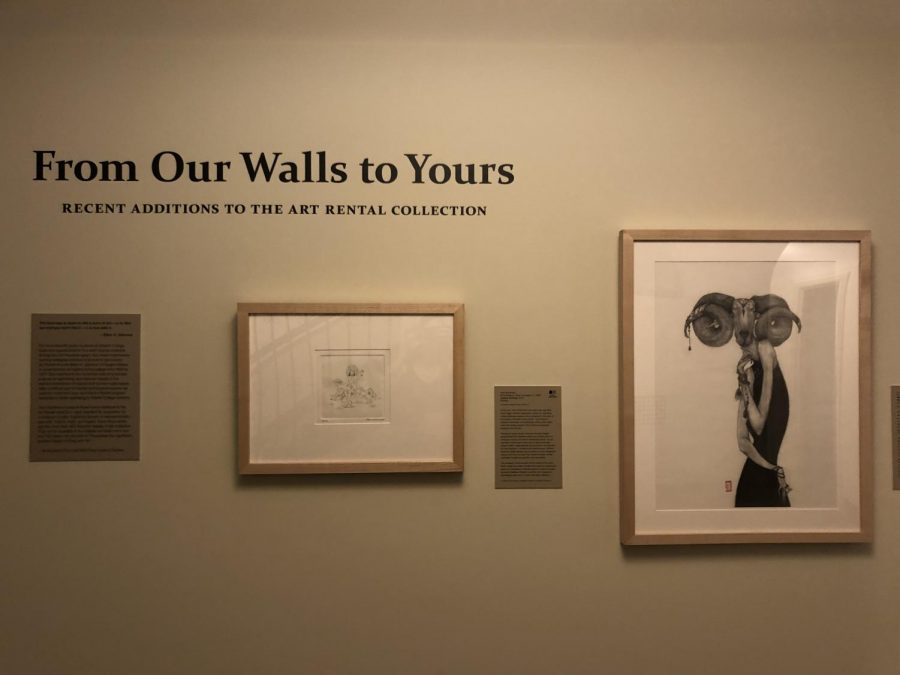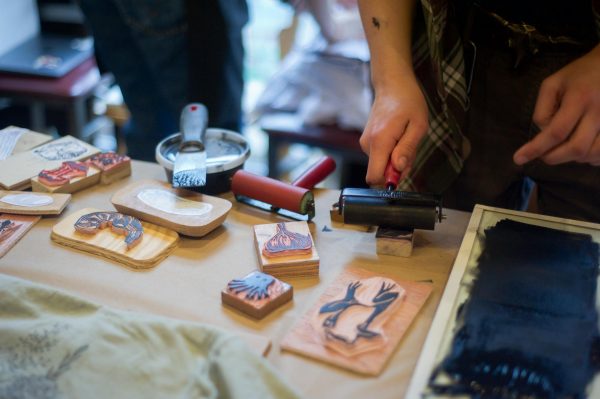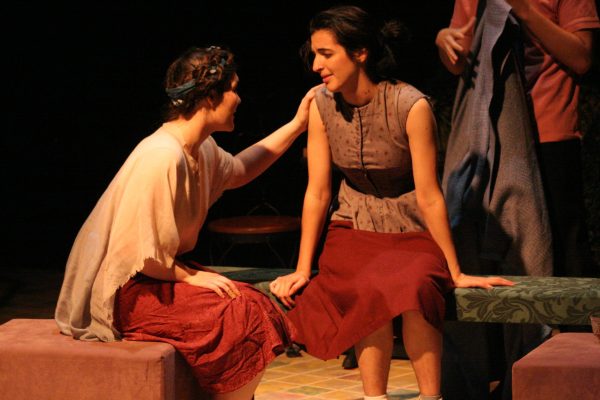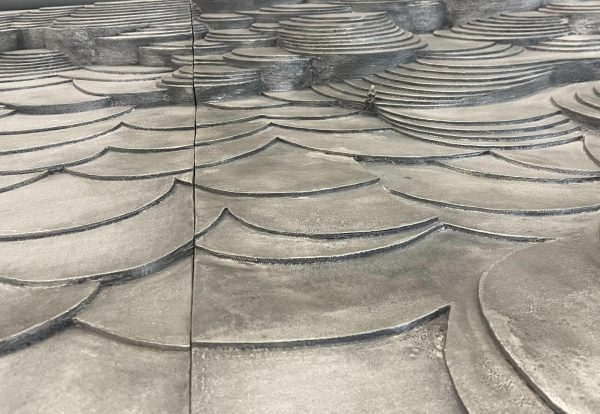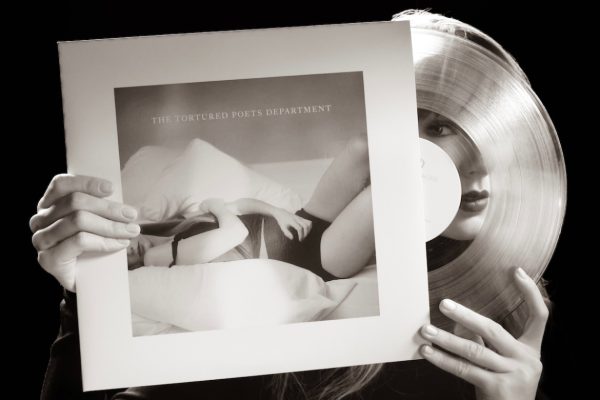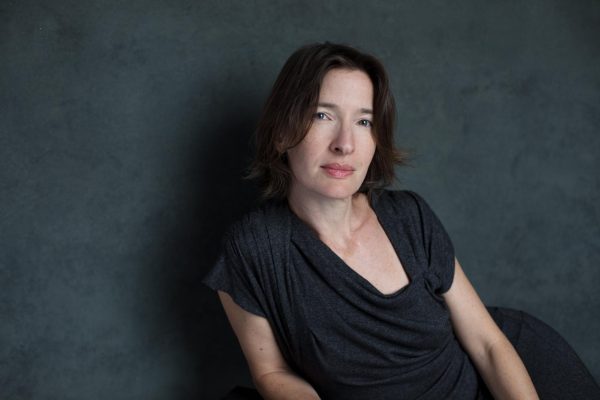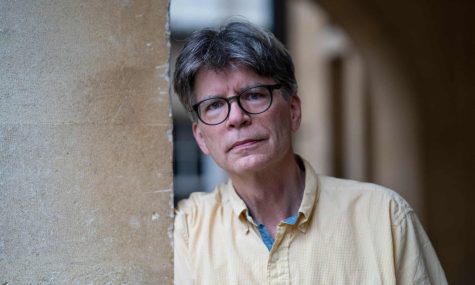Art Rental Purchase Party Promotes Student Involvement in Allen’s Collection
The Allen Memorial Art Museum’s curators selected three works for the Art Rental Purchase Party that are currently on view in the museum.
For 80 years, Oberlin students have enjoyed a unique opportunity to bring a piece of the Allen Memorial Art Museum home with them each semester through the Art Rental program. This year, a novel event called the Art Rental Purchase Party will allow for students to help shape the body of work available for art rental. On August 5 a Zoom event will take place from 5:30 to 6:30 p.m. where students will watch short presentations on works selected by individual AMAM curators and two groups of student interns, then vote on the piece they would like to see acquired by the AMAM’s art rental collection.
Art rental has a rich history in Oberlin, but this is the first year that students will be stepping into a leadership role in its execution. The program was started by Oberlin professor and art critic Ellen Johnson in 1940, with the aim of allowing students to experience the catharsis of art in their immediate spaces. Once a semester, students flock to the Allen and pay a meager $5 to select a work from the Allen’s immense collection, then gingerly sling said piece under their arm to bring home for the rest of the semester. The works range in all imaginable directions of media, artist, and subject (with a few Picassos thrown in the mix) — the only obvious continuity in the smorgasbord of works is the necessity of two-dimensionality. The program facilitates a heightened sense of intimacy between students and the AMAM, and this semester Art Rental took another step towards centering student engagement in the selection and acquisition of works.
“Each of the [museum curators will be] presenting a work of art that they’ve already purchased for the art rental collection,” said AMAM Curator of Education Jill Greenwood. “Each of them will speak for about five minutes about why they selected that work of art for the collection — currently, all three are on view in the museum in an installation called From Our Walls to Yours. After the curators present, then a group of interns … [will present] selected works of art that are currently available on the art market and will make a case for why they think they should be acquired for the Art Rental collection. It was such a great assignment that we decided to turn it into an actual purchase party event where OC students can vote.”
The interns, six College second-years — Biba Duffy-Boscagli, Gillian Ferguson, Fudi Fickenscher, Ursula Hudak, Natalie Ivy, and Alia Schreiber-Goldstein — became involved in this assignment through the Sophomore Opportunities and Academic Resources program in the spring, where they were paired with the AMAM as a product of their academic interests during the intensive’s internship portion. The students’ internship extended beyond SOAR’s standard one-month timeline and centered around increasing accessibility in the museum. The interns worked with AMAM curators to help develop AMAM’s new app, which aims not only to expand content for viewers but also to provide auditory experiences for low to no-vision museum attendees.
“The internship was really great because I was able to do a lot of work and thinking around the ways in which people navigate the museum space,” said Schreiber-Golstein. “So people who have low or no vision or will have certain accommodations in terms of walking or other things that might inhibit them from having the same experience as people who don’t have those same things to kind of be aware of.”
Conversations surrounding accessibility began to inform questions about representation when the interns began selecting works for the Art Rental Purchase Party.
“Our first requirement [in the process of selecting works] was for it to be related to accessibility in some way, because our internship was really centered around improving accessibility at the AMAM,” said Ferguson. “We found an artist who is autistic and that’s [one] work we’re spotlighting for them. And then our second piece was more broadly to just kind of improve the museum’s diversity of artists represented in general and we found an Indigenous artist’s work. So I’m excited about both. I think they both fill or would fill a space that needs some improvement.”
Beyond expressing intentionality in the choice of artist’s featured in their pitch, the interns have to stay tight-lipped on any concrete descriptions of the work they selected. They’re waiting for next Thursday for the grand reveal.
“It’s supposed to be kind of a surprise — we haven’t advertised with the actual pictures of the pieces,” said Ferguson. “But I’m really excited about both of them, both of the ones we found — or at least one of them — is really colorful and bright. And the other three that the curators chose are kind of more black and white grays. So I’m hoping for some color that will really brighten up people’s spaces.”


